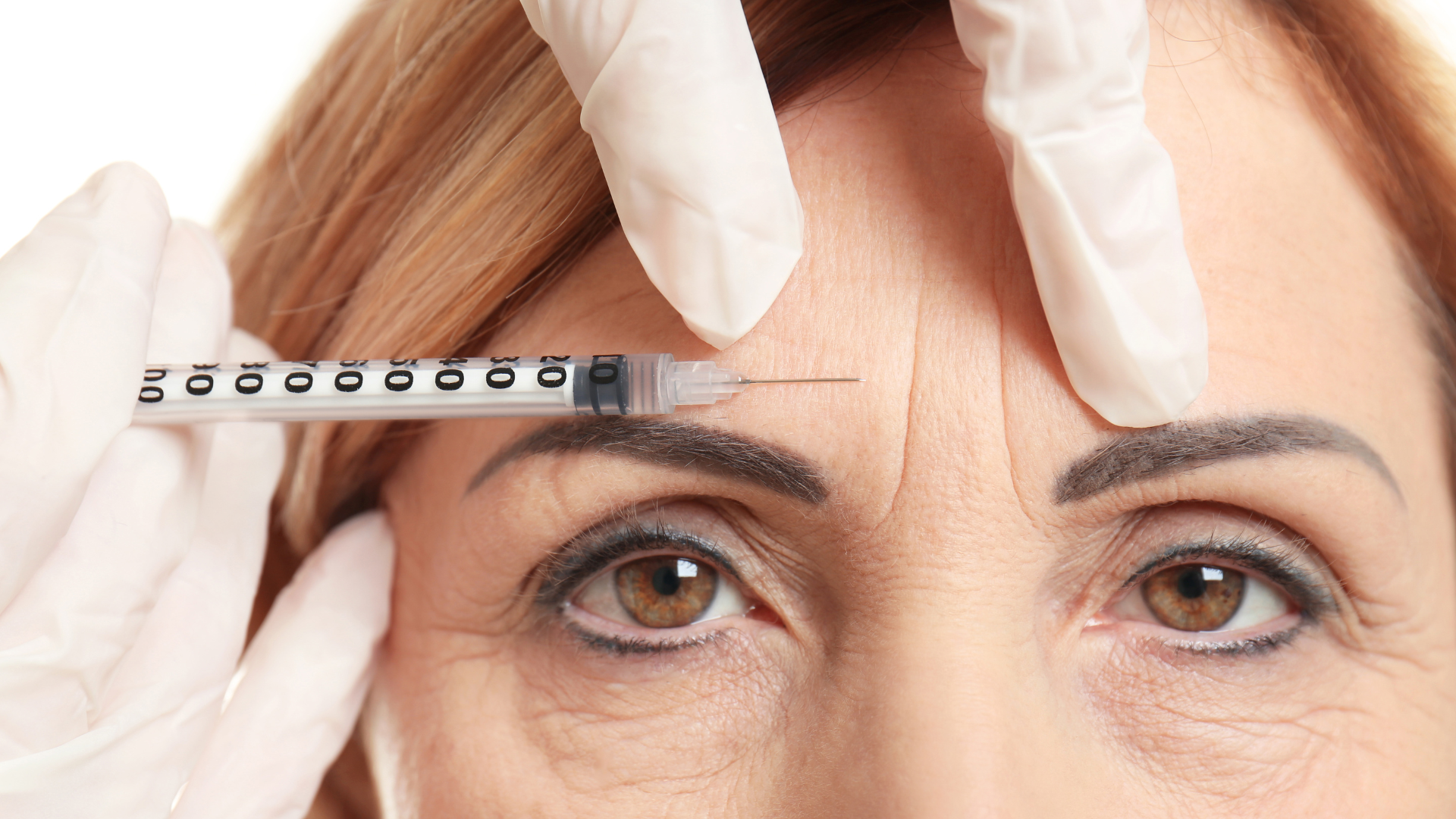 0
0



The Science and Benefits Behind Wrinkle Treatment
If you’ve ever considered wrinkle treatment but weren’t quite sure how it worked, you’re not alone. Often described as a “lunchtime procedure,” it’s easy to overlook the extensive science—and the subtle artistry—behind it.
Here’s a closer look at how wrinkle treatment works, and why it remains one of the most effective non-surgical options in aesthetic medicine.
The Science: How Wrinkle Treatment Works
Wrinkle treatments use a highly purified protein that’s injected into specific facial muscles. This protein blocks the communication between nerves and muscles by inhibiting the release of a neurotransmitter called acetylcholine. Without this chemical signal, the muscle temporarily relaxes.
Here’s what that means in real terms:
- Muscle activity is reduced, so the skin doesn’t fold as much
- Fine lines soften, as the surface has a chance to smooth out
- New lines are prevented, because repetitive movement is minimised
Over time, with regular use, many patients find that lines appear less deeply etched even when the treatment wears off—because the skin has had time to rest.
Where Wrinkle Treatment Is Most Commonly Used
- Forehead lines – from raising the brows
- Frown lines (the “11s”) – between the eyebrows
- Crow’s feet – around the eyes from squinting or smiling
- Bunny lines – small wrinkles on the nose when scrunching
- Jawline and masseters – to slim the face or manage teeth grinding
- Neck bands – for a smoother, lifted look
Wrinkle treatment can also be used preventatively in these areas, especially for people with strong facial muscles or expressive habits.
The Benefits: More Than Just Smoother Skin
1. Quick and Convenient
Wrinkle treatments are often referred to as “lunchtime procedures” for good reason—they’re fast, straightforward, and don’t require downtime.
Most appointments take just 10 to 20 minutes from start to finish. After a brief consultation to assess your concerns and map out injection points, the treatment itself involves a series of quick, superficial injections. Most people describe the sensation as a minor pinch or pressure.
There’s no need to take time off work, no post-treatment recovery period, and no complicated aftercare. You can return to your day—meetings, errands, or even brunch—without interruption. It’s one of the few aesthetic treatments that can make a visible difference with almost no disruption to your schedule.
2. Subtle, Natural Results
One of the biggest misconceptions about wrinkle treatment is that it leads to a frozen or expressionless look. In reality, when performed by an experienced, qualified practitioner, the goal is the exact opposite.
The purpose of wrinkle treatment isn’t to erase your expressions—it’s to reduce the harshness of lines that may make you look tired, tense, or older than you feel. A skilled injector will preserve your natural movement and expression, while softening the creases that settle in from repeated motions like frowning or squinting.
The result? A more refreshed, relaxed appearance that still feels like you. Most people report that friends and colleagues notice something different—“Did you sleep well?” or “You look really well”—without ever suspecting treatment. That’s the magic of subtle, artful work.
3. Customisable for Your Face
No two faces are the same—and wrinkle treatment should never be one-size-fits-all.
A well-performed treatment begins with an in-depth assessment of your facial anatomy, muscle movement, skin texture, and aesthetic goals. Depending on your features and expression habits, the amount of product used and its placement can vary significantly. For example, someone with strong forehead muscles may need more product than someone with finer muscle activity. Some clients want full relaxation, while others prefer to maintain slight movement.
This level of customisation ensures results that are tailored to you—not a template or trend. Whether your goal is preventative, corrective, or simply to look a little more rested, your treatment plan will reflect your individual face and preferences.
4. Prevents Deeper Wrinkles
One of the most overlooked benefits of wrinkle treatment is its preventative power.
Over time, repeated facial movements—like furrowing your brow in concentration or squinting at the sun—can cause fine lines to become deeper and more permanent. These are known as static wrinkles, and they remain even when your face is at rest.
By gently reducing the movement of overactive muscles, wrinkle treatment helps delay the formation of these lines. It gives the skin time to “rest” and recover between expressions, which can slow the ageing process in high-movement areas like the forehead, around the eyes, and between the brows.
Many younger clients in their 20s and 30s are now turning to wrinkle treatment as a way to maintain their skin’s smoothness and prevent lines from becoming etched in early.
5. Boosts Confidence Without Changing Who You Are
Wrinkle treatment doesn’t dramatically alter your appearance, and it shouldn’t. What it does do is help you feel more in sync with the person you see in the mirror. For many people, that small change—fewer frown lines, a softened brow, a more rested look—has a ripple effect. They feel more comfortable going makeup-free. More confident in meetings. More like themselves on camera, or in social settings.
It’s not about erasing time or trying to look younger—it’s about showing up in the world as your best, most relaxed self. The version of you that reflects how you feel on the inside.
Your Skin, Your Choice
The best aesthetic treatments are those that feel like an extension of your personal care routine—not something that changes who you are. Wrinkle treatment is subtle, considered, and rooted in science—and it’s more accessible than ever.
If you’ve been curious about how it could work for you, our team is here to walk you through every step—from consultation to aftercare—with transparency and precision.




